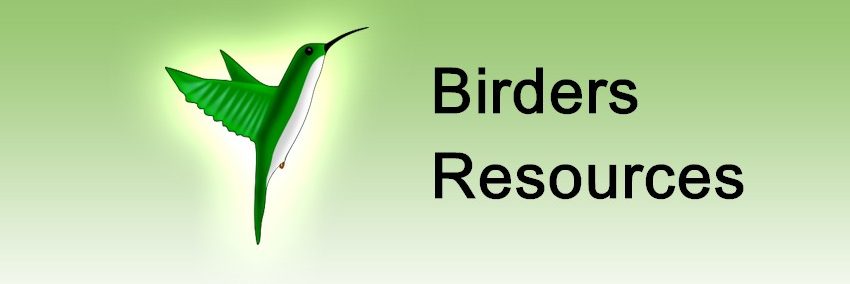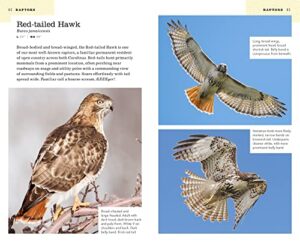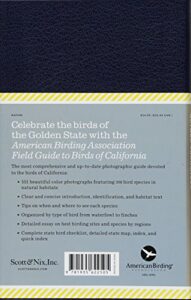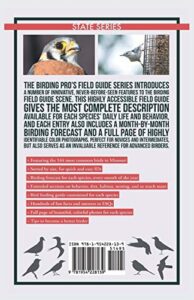The most comprehensive field guide available to the American Southeast–a portable, essential companion for visitors and residents alike–from the go-to reference source for over 18 million nature lovers.
This compact volume contains:
An easy-to-use field guide for identifying 1,000 of the state’s wildflowers, trees, mushrooms, mosses, fishes, amphibians, reptiles, birds, butterflies, mammals, and much more;
A complete overview of the southeastern region’s natural history, covering geology, wildlife habitats, ecology, fossils, rocks and minerals, clouds and weather patterns, and the night sky;
An extensive sampling of the area’s best parks, preserves, hiking trails, forests, and wildlife sanctuaries, with detailed descriptions and visitor information for 50 sites and notes on dozens of others.
The guide is packed with visual information — the 1,500 full-color images include more than 1,300 photographs, 13 maps, and 16 night-sky charts, as well as more than 100 drawings explaining everything from geological processes to the basic features of different plants and animals.
For everyone who lives or spends time in Alabama, Arkansas, Georgia, Kentucky, Louisiana, Mississippi, North Carolina, South Carolina, or Tennessee, there can be no finer guide to the area’s natural surroundings than the National Audubon Society Field Guide to the Southeastern States.
Product Features
- Random House Audubon Rg: Southeastern States by Brian Cassie – 9780679446835





Has helped us identify new & rare animals My husband bought us this book right before our move from Texas to North Carolina, hoping it would help us identify some of the wildlife we saw along the way. My 4 year old was fascinated by the book and has spent a lot of time looking through it, asking questions. We’ve found it very helpful in identifying some of the newer animals to us here in North Carolina (such as the five-lined skink and woodchuck). We ended up needing to buy a more specific book about NC trees to identify the ones in…
Solid This is a solid book that needs better organization. Tabs on the pages or color coded sections would have been helpful. Putting small “post its” is a good idea. The pictures are beautiful and it does cover a lot of ground for its short length. Given the breadth of information, the sections are short, with each species description being less than 100 words. This makes it very readable but also obviously creates gaps. My other gripe is that by covering a region (the SE states) there…
Missing So Many Basic Things I moved to this region some time ago, and always felt bad that I didn’t know more of the names of the flora and fauna that I see on a regular basis. So I thought I’d start with this book. When I got it, I looked up some of the things I hadn’t seen until moving hereâonly to find that they’re not in the book! Some of the trees, for instance, that people tell me define the local area don’t appear in here at all. So far, I would say that about 75% of what I’ve looked up in here hasn’t been in…